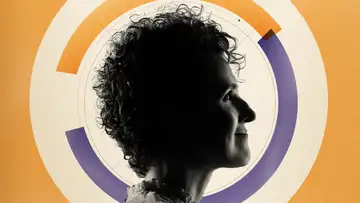Soda Damages Your BrainTop of Mind with Julie Rose • Season 1, Episode 558, Segment 3
May 22, 2017 • 16m
Guest: Matthew Pase, PhD, Visiting Research fellow in Neurology, School of Medicine, Boston University, Senior Research Fellow at Swinburne University, Australia
Soda is bad for your bodyweight and your heart, and we’re all pretty aware of that, which is why many of us drink the diet versions, instead. But now comes evidence from the Boston University School of Medicine that soda is bad for our brains, too. Even diet soda is correlated with increased risk of stroke and dementia.